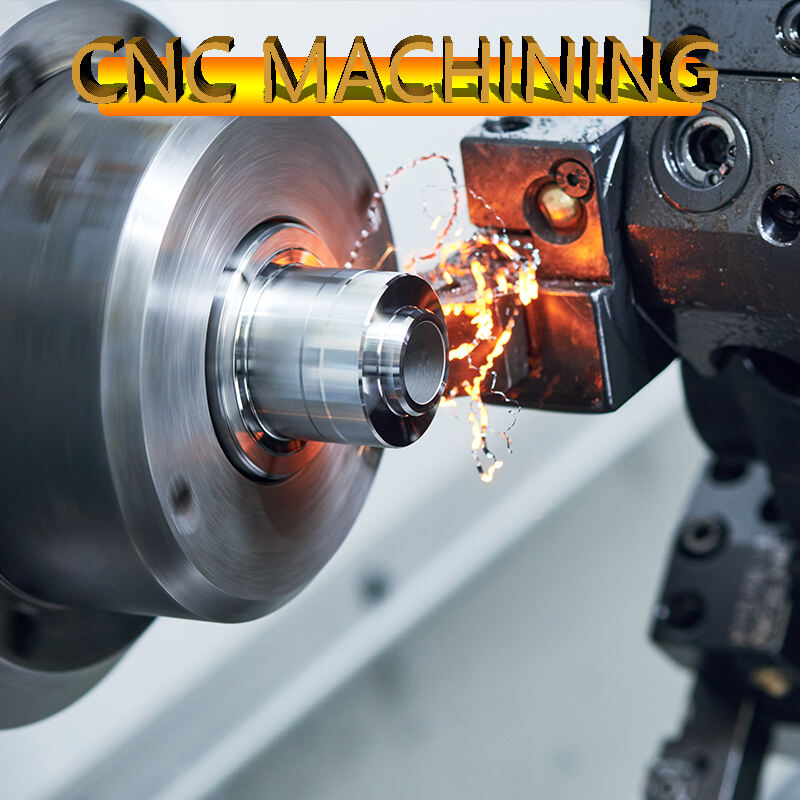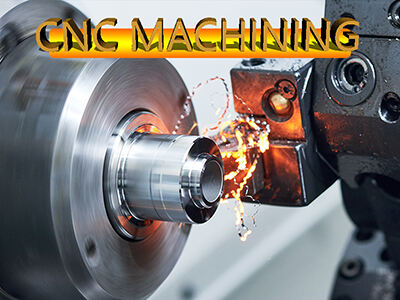CNC-snijden is een hoeksteen van moderne productie, met ongeëvenaarde precisie en efficiëntie. Maar zelfs de meest geavanceerde CNC-machines kunnen problemen tegenkomen, en een van de meest voorkomende—en frustrerende—problemen is onderdeelvervorming. Of je nu werkt met metaal, plastic of samengestelde materialen, kan vervorming leiden tot kostbare herstellingen, verspilde materialen en vertragingen in deadlines.
Maak je geen zorgen - vervorming is geen onoplosbaar probleem. In dit artikel duiken we diep in op de oorzaken van vervorming bij CNC-machinering en bieden we praktische oplossingen om je te helpen perfecte resultaten te behalen, telkens weer.

Wat veroorzaakt vervorming bij CNC-machinering?
Voordat we het probleem kunnen oplossen, moeten we de worteloorzaken begrijpen. Vervorming treedt op wanneer een onderdeel tijdens of na het machineren van vorm verandert, meestal door interne of externe spanningen. Hieronder staan de meest voorkomende oorzaken:
1.Residu Spanningen in Materialen
Materialen zoals metalen en plastic hebben vaak interne spanningen als gevolg van hun productieprocessen (bijvoorbeeld gieten, walsen of extrusie). Wanneer deze materialen worden gemachineerd, kan het wegwerken van materiaal deze spanningen vrijmaken, waardoor het onderdeel kan kromtrekken of buigen.
2.Warmteontwikkeling
De wrijving en snijkrachten tijdens het machineren genereren warmte, wat thermische uitbreiding kan veroorzaken. Als de warmte niet goed wordt beheerd, kan het onderdeel vervormen terwijl het afkoelt.
3.Onjuist Klemmen of Fixeren
Als een onderdeel tijdens het machineren niet veilig vastzit of wordt ondersteund, kunnen de snijkrachten ervoor zorgen dat het verschuift of buigt.
4. Snaar Druk
Te hoge snijkrachten of een onjuiste keuze van het gereedschap kan spanningen in het onderdeel introduceren, wat leidt tot vervorming.
5. Materiaaleigenschappen
Sommige materialen, zoals dunwandige onderdelen of materialen met lage starheid, zijn gevoeliger voor vervorming vanwege hun intrinsieke eigenschappen.
Hoe kun je vervormingsproblemen in CNC-machineren oplossen
Nu we de oorzaken kennen, laten we ingezonden strategieën verkennen om vervorming te voorkomen en aan te pakken:
1. Optimaliseer materiaalkeuze en -voorbereiding
· Spanningsverlichtende behandelingen: Overweeg voor het machineren spanningsverlichtende behandelingen zoals annealeren of normaliseren om interne spanningen in het materiaal te verminderen.
· Kies het juiste materiaal: Selecteer materialen met eigenschappen die voldoen aan de eisen van je onderdeel. Gebruik bijvoorbeeld legeringen met hogere starheid voor dunwandige onderdelen.
2. Controleer Warmteontwikkeling
· Gebruik Koelmiddelen en Smeerstoffen: Adequate koeling vermindert de warmteopbouw tijdens het machineren. Vloedkoeling, mistsystemen of luchtstoten kunnen helpen om stabiele temperaturen te behouden.
· Optimaliseer Snijparameters: Pas snijsnelheid, voer snelheid en snijdiepte aan om warmteontwikkeling te minimaliseren. Langzamere snelheden en lichtere sneden kunnen thermische spanning verminderen.
· Scherpe Tools: Stompe tools produceren meer warmte. Controleer regelmatig en vervang snijgereedschap om optimale prestaties te waarborgen.
3. Verbeter Klemming en Fixatie
· Veilige Werkhouder: Gebruik hoge-kwaliteit klemmen, bankschroeven of aangepaste fixaties om het onderdeel stevig vast te houden. Zorg voor een gelijkmatige drukverdeling om lokale spanning te voorkomen.
· Ondersteun Dünne Secties: Voor dunne of delicate onderdelen gebruik extra ondersteuning of zachte kaken om buigen tijdens het machineren te voorkomen.
4. Optimaliseer Toolpaths en Machinestrategieën
· Gebalanceerd Machineren: Gebruik symmetrische toolpaths om snijkrachten gelijkmatig over het onderdeel te verdelen.
· Stapsgewijze bewerking: Verwijder materiaal in fasen en niet in een keer. Deze aanpak vermindert de opbouw van spanningen en laat het onderdeel tussen sneden stabiliseren.
· Vermijd te veel afnemen: Laat een klein hoeveelheid materiaal over voor een eindbewerking. Dit minimaliseert het effect van snijkrachten op de eindafmetingen.
5. Stressrelatie na bewerking
· Thermische behandeling: Na bewerking kan je overwegen om stressrelieverende thermische behandelingen toe te passen om het onderdeel te stabiliseren en residuele spanningen te verminderen.
· Natuurlijke ouderwording: Voor sommige materialen helpt het om het onderdeel een tijdje te laten rusten om interne spanningen te verminderen.
6. Ontwerp voor produceerbaarheid (DFM)
Verkoop dunne wanden en scherpe hoeken: Ontwerp onderdelen met uniforme wanddiktes en afgeronde hoeken om spanningconcentraties te verminderen.
Gebruik ribben en steunen: Voeg ribben of steunen in het ontwerp toe om stijfheid te vergroten en vervorming te voorkomen.
Praktisch voorbeeld: Oplossen van vervorming in luchtvaartcomponenten
Luchtvaartonderdelen hebben vaak dunne wanden en complexe geometrieën, waardoor ze zeer gevoelig zijn voor vervorming. Een fabrikant had herhaaldelijke problemen met het kromtrekken van aluminium turbinebladen tijdens het machineren. Door de volgende stappen te implementeren bereikten ze een reductie van 90% in vervorming:
· Voerde warmtebehandeling uit op rauw materiaal om spanningen te verminderen.
· Optimaliseerde snijparameters om hitteontwikkeling te verminderen.
· Gebruikte aangepaste houders om dunne secties tijdens het machineren te ondersteunen.
· Voegde een eindbewerking toe om dimensionele nauwkeurigheid te waarborgen.
De Toekomst van Vervormingsbestrijding in CNC-Machineren
Met technologische vooruitgang komen er nieuwe oplossingen om de uitdagingen rond vervorming aan te pakken:
· AI-Gedreven Machineren: Machine learning-algoritmes kunnen vervorming real-time voorspellen en compenseren.
· Hybride Additief Fabricage: Het combineren van CNC-machineren met 3D-printen maakt stressvrije near-net vormen mogelijk die minimale machineren vereisen.
· Geavanceerde materialen: Er worden nieuwe legeringen en compositen ontwikkeld met een lagere inherente spanning voor CNC-toepassingen.
Verforming bij CNC-machinering hoeft geen obstakel te zijn. Door de oorzaken te begrijpen en de juiste strategieën toe te passen, kun je hoge-kwaliteit onderdelen met hoge mate van nauwkeurigheid produceren, met minimaal afval en herwerking. Of je nu luchtvaartcomponenten, autodelen of consumentenproducten maakt, deze oplossingen helpen je om de uitdagingen van verforming te overwinnen en je productieproces te verbeteren.


